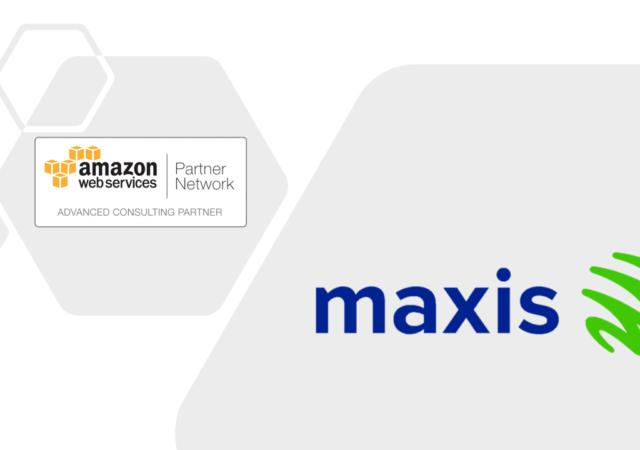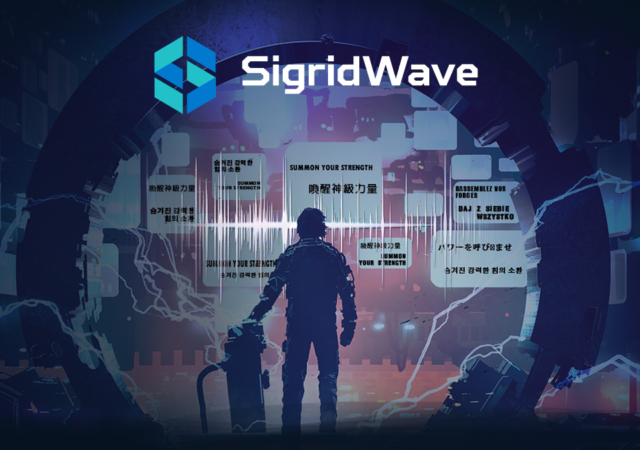Google announces a slew of updates coming to Search thanks to their Multitask Unified Model which allows it to be more contextual.
A Necessity to Optimise & Leverage The Cloud – Lessons From Carsome and 500 Startups
Cloud computing is continuing to leave a mark on the startup industry. In fact, it’s become pivotal for startup understand and leverage cloud computing.
Cloud, 5G, Machine Learning & Space: Digital Trends Shaping the Future
The business world is being shaped by the adoption of cloud technologies as companies continue their digital transformation journeys. What comes next?
Acer Expands to Healthcare with a Focus on AI-Assisted Diagnostics
Acer continues to diversify its business with its foray into AI assisted diagnostics under a new subsidiary, Acer Healthcare.
The Future of Health Lies in Technology But We’re Not Ready According to the Philips Future Health Index
As technology becomes more ubiquitous, the medical industry is looking to improve and adopt new approaches. Philips’ Future Health Index shows the perceptions of younger doctors towards this.
We’re in the Golden Age of Machine Learning, Tomorrow it will be Ubiquitous – Four Things We Need to Do Now
With A.I. and Machine Learning becoming more mainstream, it’s time to look to the future and how companies, their leadership and education can play a role.
Maxis Becomes First Malaysian Telco Accredited as AWS Advanced Consulting Partner
Maxis receives the AWS Advanced Consulting Partner certification making it the only telco in Malaysia to achieve the certification.
MIT Researchers Develop AI Model that Accurately Identifies Asymptomatic COVID-19 Carriers
Researchers at MIT develop an AI model that is capable of detecting differences in the coughs of healthy individuals and asymptomatic carriers of COVID-19.
[next@Acer] SigridWave Bridges the Language Barrier in eSports
Acer announces SigridWave, a new machine learning powered technology that aims to bridge the language barrier among gamers for Planet9.












